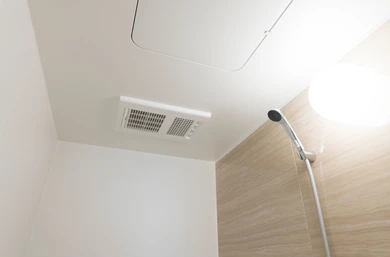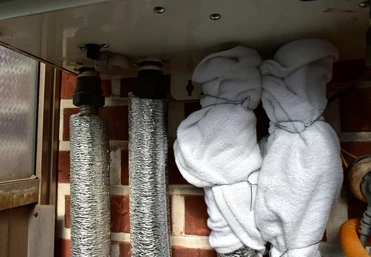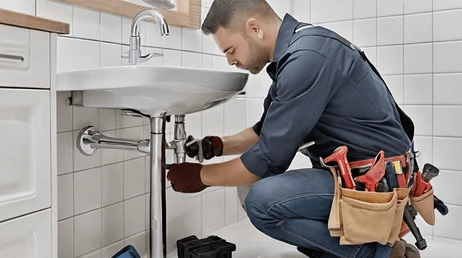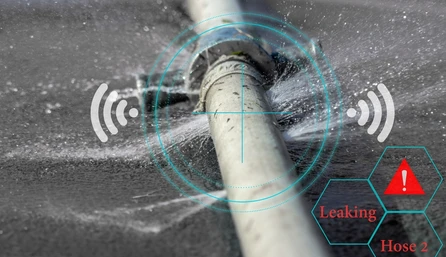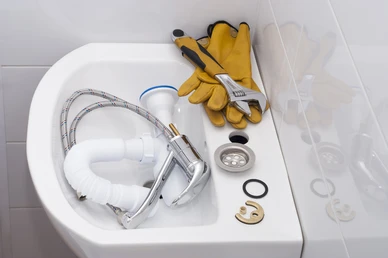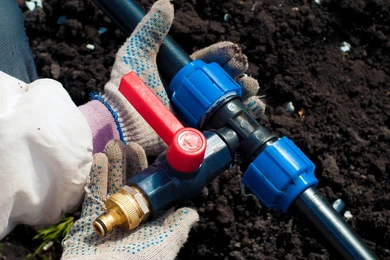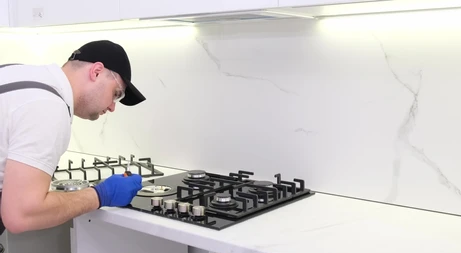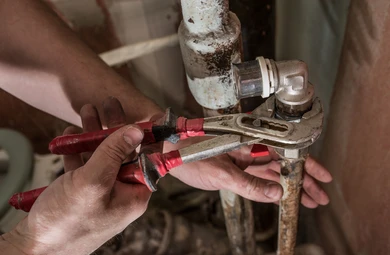Why You Should Never Ignore a Small Leak
When it comes to home maintenance, one of the most common issues many homeowners encounter is a small leak. Whether it’s a drip from a faucet, a tiny trickle under the sink, or a barely noticeable damp spot on the wall, it might seem harmless at first glance. However, even the smallest leaks can lead to significant problems if left unattended. Understanding the importance of addressing these leaks early can save you from more extensive damage, costly repairs, and unnecessary stress. The True Cost of a Small Leak At first, a small leak might not seem like a big deal. It might only appear as a minor inconvenience, with a few drops of water here and there. However, these small leaks can add up over time. According to the U.S. Environmental Protection Agency (EPA), a single household leak can waste more than 10,000 gallons of water annually, enough to fill a swimming pool. This water waste increases your utility bills and contributes to the global water crisis. Moreover, the financial impact isn’t limited to just your water bill. A small leak can slowly worsen over time, causing structural damage to your home. Water can seep into floors, walls, and foundations, leading to mold growth, wood rot, and damage to electrical systems. The longer you wait to fix the leak, the more expensive the repairs become. Damage to Your Home’s Structure One of the most significant dangers of ignoring a small leak is the damage it can cause to your home’s structure. Water might seem harmless, but it can be incredibly destructive over time. Constant exposure to moisture can lead to the rotting of wooden structures such as floor joists, beams, and studs. It can also weaken drywall and insulation, causing it to become soggy and lose effectiveness. Over time, this can result in sagging ceilings, warped floors, and even compromised foundations. For instance, if you have a small leak in your attic or roof, it could slowly drip down into the walls, leading to water stains, peeling paint, and mold growth. If left unchecked, this could require major renovations, including replacing drywall, repainting, and treating mold infestations. By addressing small leaks early, you can avoid these costly and invasive repairs. Mold and Mildew: Hidden Health Hazards One of the silent but dangerous consequences of a small leak is the growth of mold and mildew. Mold thrives in damp, dark environments, which makes your walls, floors, and ceilings the perfect breeding ground. Once mold begins to grow, it can spread rapidly throughout your home, affecting air quality and potentially causing health problems for your family. Mold exposure has been linked to various health issues, including respiratory problems, allergic reactions, and skin irritation. Those with asthma or weakened immune systems are particularly susceptible to the adverse effects of mold. In extreme cases, prolonged mold exposure can lead to more severe health complications, such as lung infections. In addition to the health risks, mold is notoriously difficult and expensive to remove. Professional mold remediation services are often required, and extensive portions of your home’s structure may need to be replaced. By addressing small leaks as soon as they appear, you can prevent mold growth and ensure your home remains a safe, healthy environment for your family. Wasting Water and Money Another reason you should never ignore a small leak is the waste of water—and by extension, your hard-earned money. A tiny drip from a faucet might seem insignificant, but over time, it can lead to a surprising amount of wasted water. For example, a faucet that drips once per second can waste over 3,000 gallons of water per year. That’s money going down the drain! If you live in an area prone to water shortages or droughts, like Plano, TX, conserving water is even more critical. Local governments often impose restrictions on water usage during dry spells, and wasting water due to a small leak could lead to fines or penalties. Addressing leaks promptly is a simple way to save water, reduce your utility bills, and contribute to the responsible use of a precious resource. Electrical Hazards: A Hidden Danger Water and electricity are a dangerous combination, and a small leak can easily lead to significant electrical hazards in your home. Water from a leak can find its way into electrical wiring, outlets, or appliances, increasing the risk of short circuits, electrical fires, or electrocution. If a leak occurs near electrical systems, the risk of fire increases dramatically. For instance, a leak near a ceiling light fixture can cause water to drip onto live wires, sparking a fire. Additionally, water can damage appliances, rendering them unsafe to use and requiring costly replacements. To avoid these risks, it’s essential to repair leaks near electrical systems as soon as possible. It’s also a good idea to have a professional assess the extent of the damage to ensure your home is safe from electrical hazards. Protecting the Environment Beyond the immediate financial and health implications, fixing small leaks plays a significant role in environmental conservation. Water is a finite resource, and in many parts of the world, it’s becoming increasingly scarce. By addressing leaks in your home, you can do your part to reduce water waste and lessen the environmental impact. Moreover, water treatment and delivery require energy. The more water wasted through leaks, the more energy is required to treat and pump that water, contributing to greenhouse gas emissions. Fixing leaks is a small but meaningful way to reduce your household’s carbon footprint and support sustainable living. The Importance of Professional Help While some homeowners may be tempted to fix small leaks on their own, it’s often better to seek professional help. DIY repairs can be risky, especially if you don’t have the necessary experience or tools. A quick fix might seem effective in the short term, but it could lead to bigger problems down the road if not done correctly. A licensed plumber can accurately assess the cause of the leak and make

